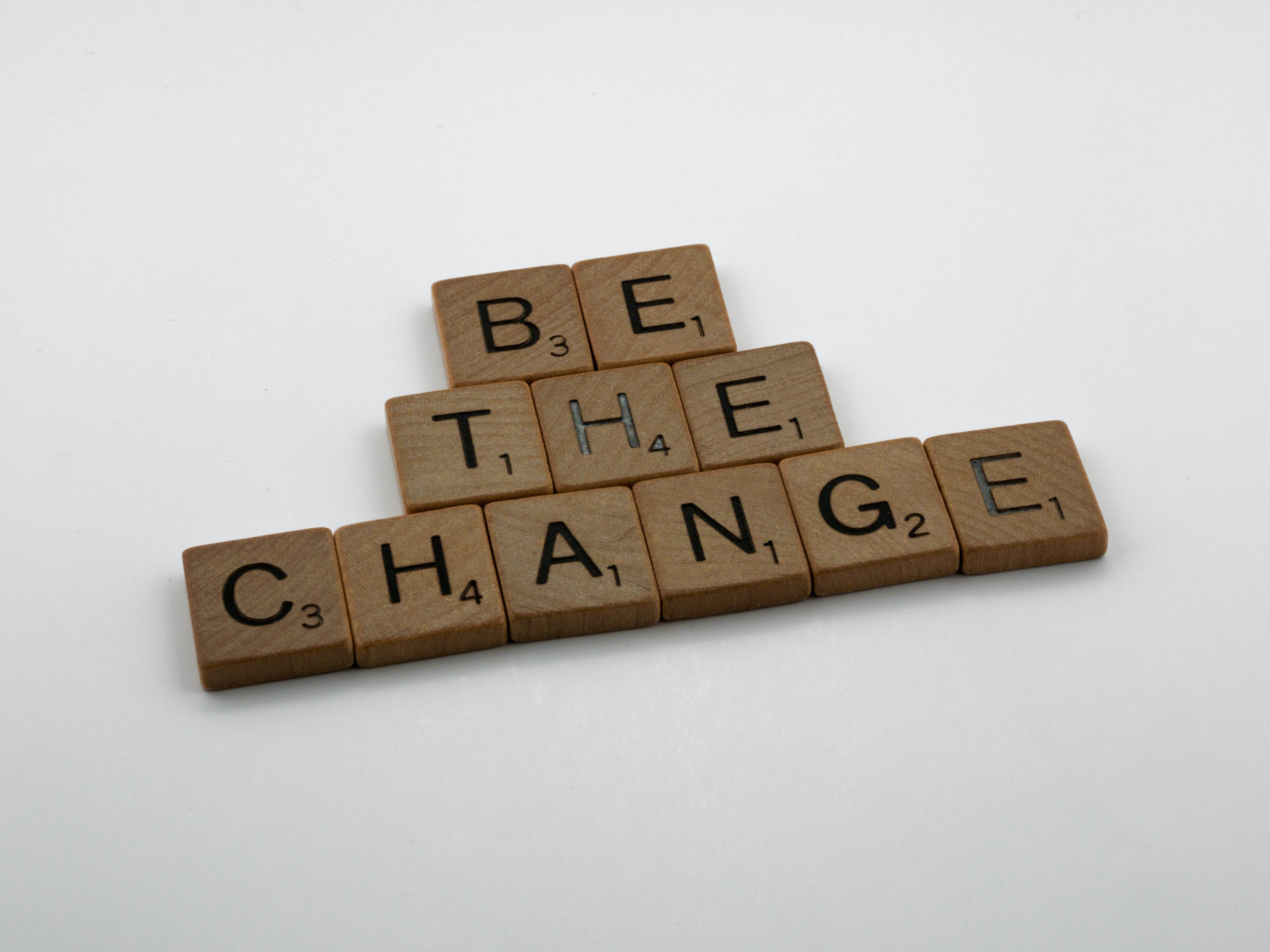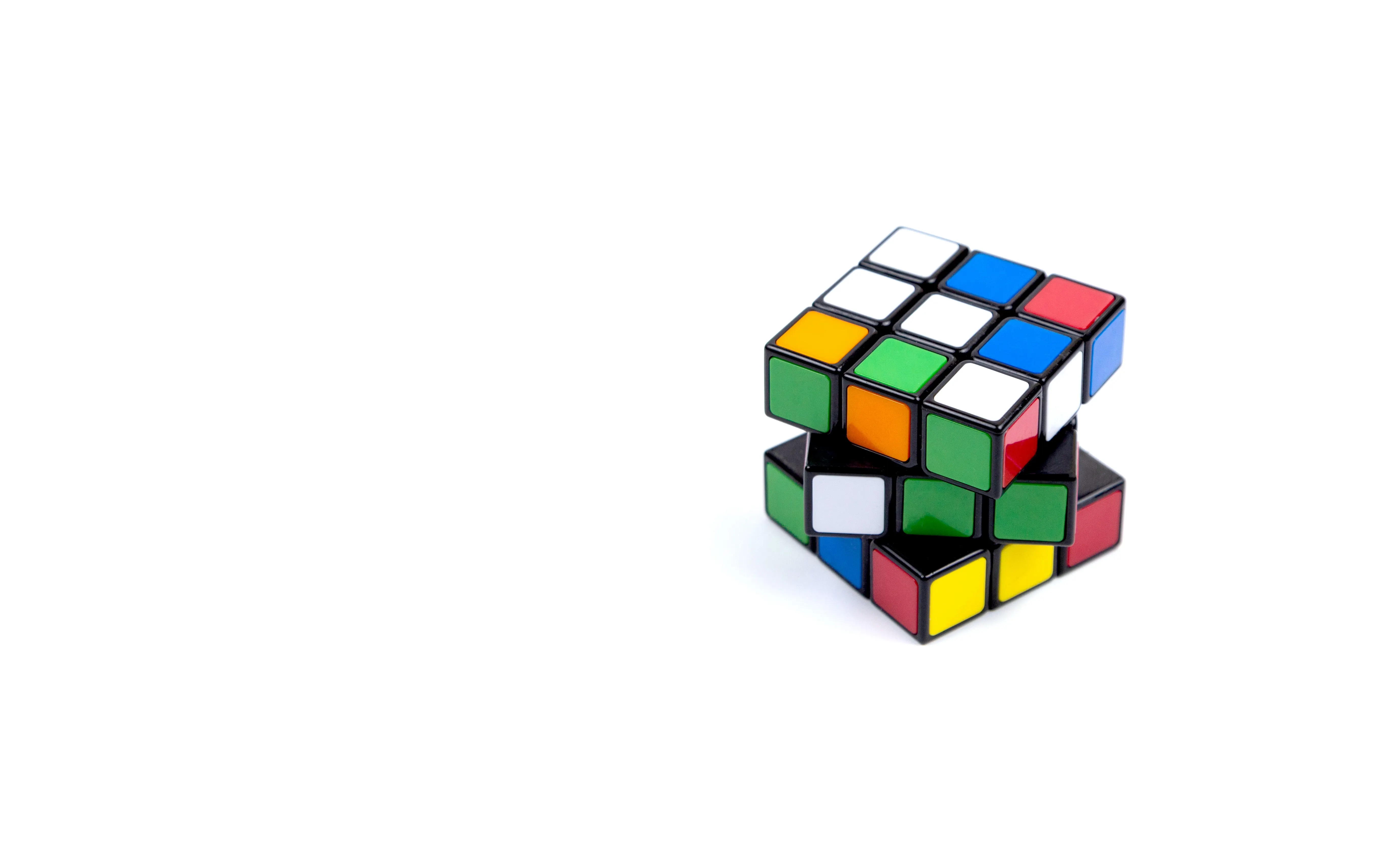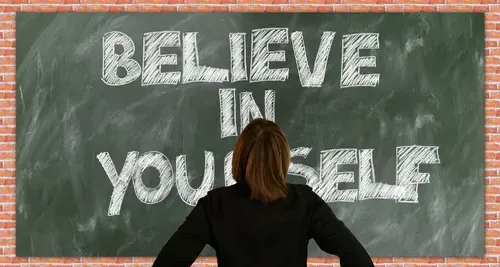Part 2: Do you want to transform? Overcome a victim mindset
3 tips for overcoming a victim mindset. Detach. Refocus. Let Go.
Last week I shared the first part of transformation which was focused on fear and overcoming it. Please read Part 1 if you haven't read it yet. The second part of personal transformation and overcoming life's problems or challenges is your mindset. The focus will be on how a victim mindset develops and how to nurture a growth mindset.
When we are young, we learn from our parents from their words and actions that we observe, we come to understand what is right or wrong and how to behave based on their beliefs. This is where the victim mindset begins and we all have it to a lesser or more extent unless we become more aware of it and make choices to transmute it. After our parents the victim mindset gets further ingrained at school and by the media and government.
The victim mindset is where a person thinks that bad things happen to them because of events that occurred in the past or beliefs that events that haven't happened but they foresee could happen and have a belief about the outcome. It normally shows up as someone complaining about their day and you often here he/she said this to me or did something to them etc and normally it has nothing to do with them or so they think anyway.
The victim mindset always looks to blame something outside of themselves for what shows up in their life. It often causes suffering as well as it brings out the lower emotions and others often feel drained by the stories and the drama.
It's important that if you are not doing well in the areas of relationships or health as examples, that you take a look at who is the cause of this? Are you coming from a place of the victim?
Firstly acknowledge when you are playing the victim and secondly, here are a few tips to shift to a growth mindset and you can apply these to any life problem or challenge:
1. Detach and observe how you are choosing to respond to a situation or person. Be aware of what you are thinking in these moments.
2. Refocus your lens, give yourself some distance from the problem. Imagine you are just watching you in the situation like a movie and see if you can look for a higher meaning in this, ask yourself what can I learn about me in this situation? Write down whatever comes to you. Then change the meaning you have given to these situations. This means you will be making a new choice on how to respond in the future. A growth mindset will look for the learning, will respond positively after the situation and will learn not to be triggered in the same way next time.
3. Let go of your beliefs about situations that don't serve you. Beliefs are self-fulfilling prophecies and with our problem seeking brain it will just continue to bring more evidence to you and attract people and situations to that reinforce it. Again, many of our beliefs were created when we were young and influential and at a time when we had limited information. Our beliefs and thoughts at various times in our life keep us trapped like animals in a cage. The more you can practice the art of letting go and detachment, the more flow you will create.
Remember that you have the power to make new choices at any given moment that lead to better outcomes for you. Just because something happened in the past, doesn't mean that it will again. You can take full responsibility for everything that shows up and create a new story.

If you change the way you look at things, the things you look at change. Wayne Dyer.
If you want to learn further techniques to eliminate limiting beliefs and expand your mindset to see new opportunities then sign up now for the Future You Programme. Create Change Now!
Here's to you living your best life,
Melissa Taylor
Future Transcendence Leadership Mentor






